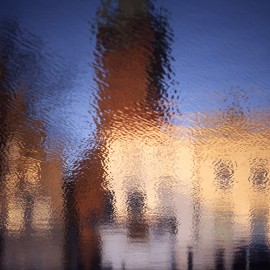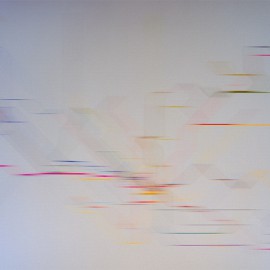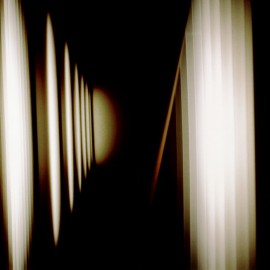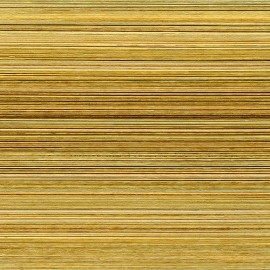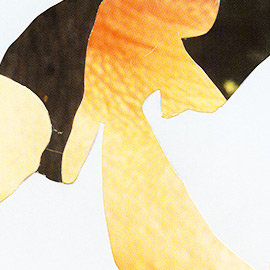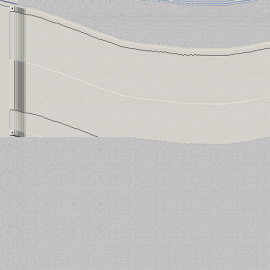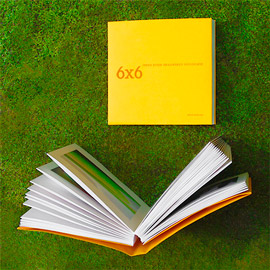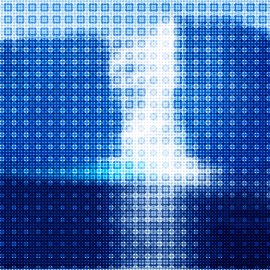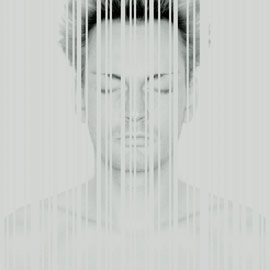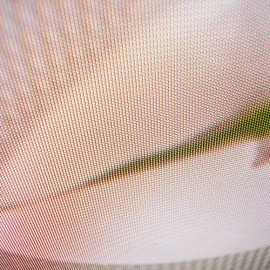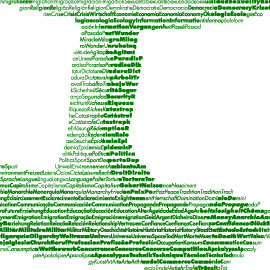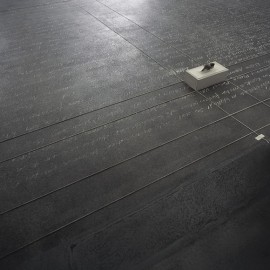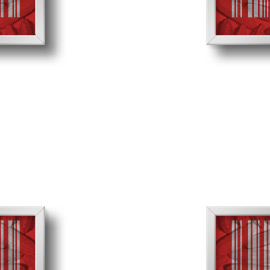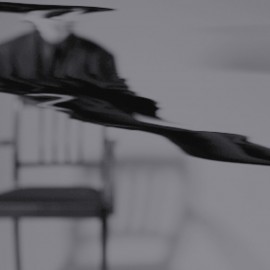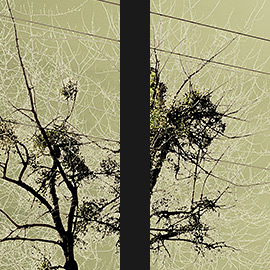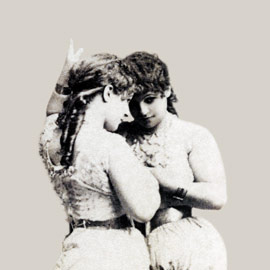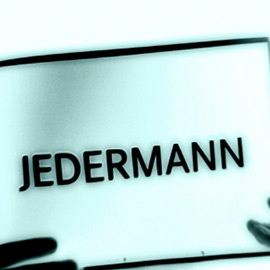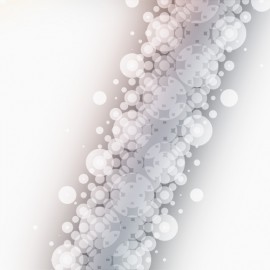Deutsch | English
Was ist Fotografie – der Bildträger, den man in der Hand hat; das Bildobjekt, auf das man blickt?
Wenn man z. B. an einen Stuhl denkt, so hat man von diesem eine sogenannte „kanonische Ansicht“ – es ist unwahrscheinlich, dass man ihn sich aus der Froschperspektive vorstellt.
Die Arbeiten der Werkgruppe „Picture Images“ nehmen eine Leerstelle dieser kanonischen Ansicht von Bildern in den Blick, vollziehen sie einen Perspektivenwechsel auf die endlich flachen Schnittkanten des Bildträgers.
Die Werkgruppe thematisiert derart den technisch präzise erwarteten Bildträger, von dem jedoch das Bildobjekt im Sinne dessen Reproduzierbarkeit von „der“ Fotografie losgelöst ist – man denke hierbei an Mitchells Dichotomie von „picture“ und „image“, von materiellem Bildträger und imaginärem Bildobjekt: das Bild im Spannungsfeld von abbilden, beschreiben und vorstellen, im Spannungsfeld von „to take a picture“, „to get a picture“ und „to get the picture“.
Die fotografischen Bilder von Fotografien aus unterschiedlichen Jahrzehnten vergegenwärtigen ein imaginäres Archiv, legen verinnerlichte Schichten von unsichtbaren, jedoch aktivierbaren fotografischen Bildern frei: Migrationslinien von Ikon, Index und Symbol.
What is photography – the picture that you are holding in your hand, the image that you are looking at?
When you are thinking of a chair, it is quite improbable that you are thinking of it from a worm’s-eye view. You have a so-called “canonical view” of it.
The group of works “Picture Images” has a look on the blank position of the canonical view of photography, changes the focus on the finite flat edges of pictures.
The group of works broaches the issue of the expected technical precision of the picture of which the image is detached in a sense of its reproducibility – think of Mitchell’s dichotomy of “picture” and “image” and the resulting aspects from it: “to picture”, “to image”, “to take a picture”, “to get a picture”, “to get the picture” …
The photographic images of photographs from different decades bring an imaginary archive to mind, strip layers of invisible but activatable images: floating migration lines of icons, indexes and symbols.
